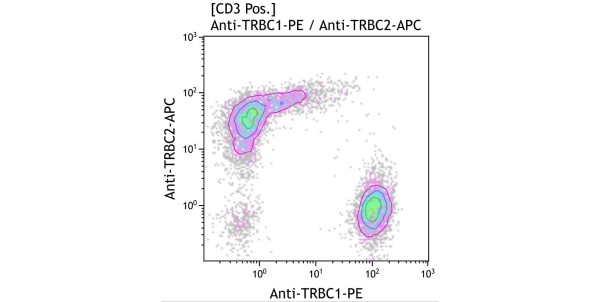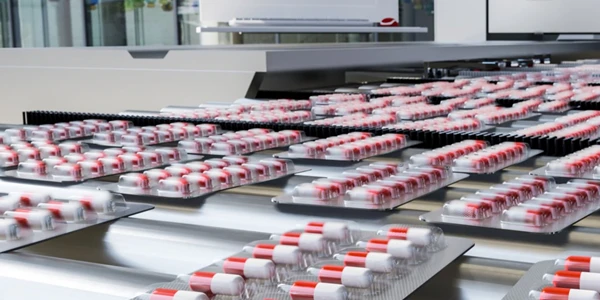Commercial Release of Anti-TRBC2 Conjugated Antibody for Flow Cytometry
New advancement builds on 25-Year commitment to T-Cell research
Beckman
Coulter Life Sciences, a global leader in laboratory automation and innovation,
continues to lead the way with first-to-market concepts to help laboratories
achieve goals faster and with greater accuracy. The company announces it has
developed the first commercially available anti-TRBC2 conjugated antibody for
flow cytometry, providing greater clarity to clinical researchers in the
identification of T-cell neoplasms in areas including cancer research. 
Traditional approaches to identify clonal T-cell expansion have been complex and challenging, relying on the assessment of abnormal antigen expression, which is often difficult to clearly identify and can overlap with reactive T-cell subsets. B-cells can offer a richer and more simplistic solution, with the detection of clonal B-cell expansion enabled by the staining of both surface kappa and lambda immunoglobulin light chains utilizing flow cytometry.
The TCR constant β chains 1 and 2, or TRBC1 and TRBC2, are randomly
selected during T-cell development in the thymus and are mutually exclusive.
Normal T-cell populations include a mix of the two, while clonal populations
include only one. TRBC1 and TRBC2 staining using flow cytometry offers a
low-cost, rapid, and specific T-cell clonality test. Both can be conjugated to
any dye in the Beckman Coulter Life Sciences portfolio through Custom Design
Services either as a standalone conjugated antibody, or part of liquid or dry
custom panels.
“Beckman Coulter Life Sciences has been committed to T-cell research for more than 25 years as we launched our Beta Mark TCR Vβ Repertoire Kit, and we’ve aggressively continued to innovate and raise the bar with solutions for this pioneering method to help labs ensure greater accuracy with fewer touchpoints,” said Pietro Lopriore, vice president and general manager of the Flow Cytometry Business Unit. “This advancement creates a revolutionary step forward in reducing complexities while providing clearer results in the important area of T-cell cancer research.”










